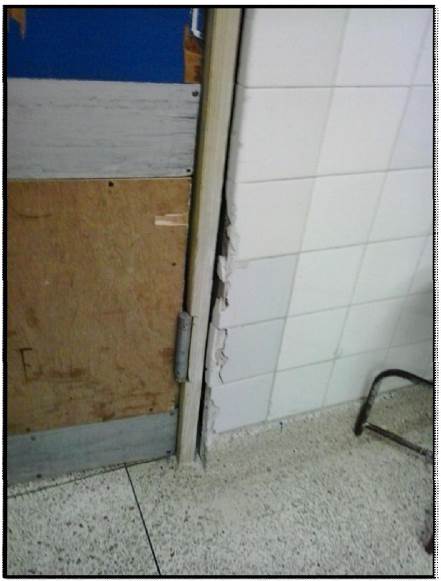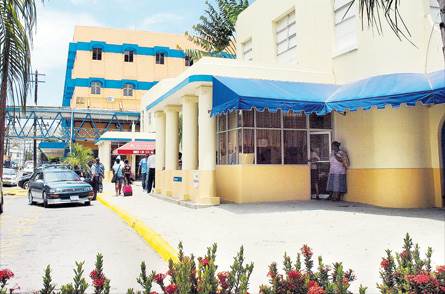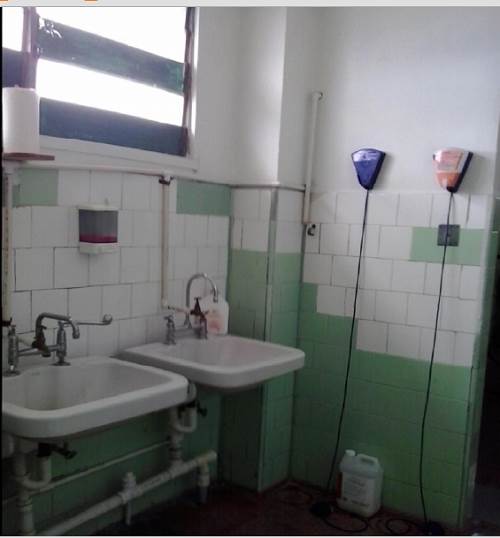The Kingston Public Hospital is the largest multidisciplinary hospital in the Government
Health Service as well as the largest trauma centre in the public hospital system. The hospital has
a bed capacity of five hundred (500) and offers a wide range of specialist diagnostic and
rehabilitative services, as well as curative services in medicine, surgery and related subspecialties.
The areas audited were the Accident and Emergency Department, Intensive Care Unit and
Operating Theatre Suite.
NON-CONFORMANCES
Accident and Emergency Department
Overall the A&E department appeared to be clean, well-organized and non-cluttered.
a) The containers with the cleaning agents are not labelled.
b) The cleaning methods do not conform to standards and schedules are not documented.
c) Job descriptions are to be prepared and given to all staff on recruitment.
d) Staff need to be made familiar with the mass casualty plan and the plan should be tested
at least once per year.
e) Additional wheel-chairs are needed in the department as patients sent to the wards for
admission tend to remain in the wheelchairs until a bed is allocated. Effectively reducing
the wheelchairs available for use in the A&E department.
f) Additional stretchers are also needed in the department.
g) The patient lavatories lack seats, toilet tissue and hand-drying facilities. It was reported
that the toilets tend to be damaged by the patients. As such a system of securing the
facilities needs to be implemented, while ensuring Infection prevention and control is
maintained.
h) A system is needed for the monitoring of the usage of drugs and supplies, in order to
prevent stock-outs
i) The development of a portering procedure manual and training are essential to ensure the
safe transportation and handling of patients.
j) Clinical practice guidelines for commonly seen conditions are necessary in order to
standardize the emergency care given.
k) Death review meetings and quarterly internal audits need to be institutionalized.
Intensive Care Unit
a) The blood gas machine is non-functional.
b) Transducers are required for the monitors.
17
c) Hand-washing is not enforced. Hand sanitizer is rarely being used and there are no handwashing
guidelines above the stations.
d) The Microbiologist does not visit for regular checks to review the microbial profile and
therapy with staff.
e) Containers for the collection of trapped sputum are absent. There are no containers
available.
f) Additional examination lamps are required.
Operating Theatre Suite
a) The Operating Theatre (OT) doors all need to be repaired or replaced.
b) The light in Operating Theatre 1 is pale, while there are missing bulbs for the one in
Operating Theatre 2. The light in Operating Theatre 3 is in need of repairs.
c) Hand washing reminders are required.
d) The CENTRAL AIR CONDITIONING UNIT is out of service and THE SPLIT AIR
CONDITIONING UNITS fluctuate in function.
e) Cracks in the floor of the Operating Rooms may lead to breaches in infection control.
f) Ceiling tiles in the scrub areas are discoloured or missing.



